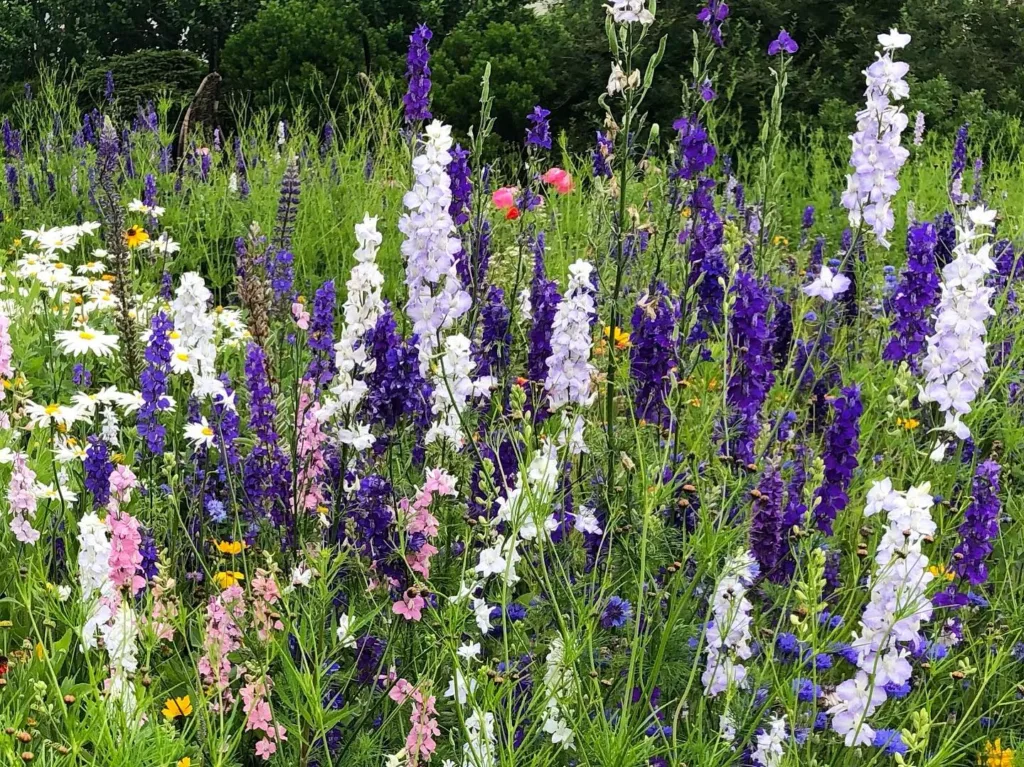What is Urtica urens?
Urtica urens, also known as small nettle or dwarf nettle, is a plant I’ve come across quite often during hikes and gardening. It’s known for its stinging hairs, which can cause quite an irritating sensation if you accidentally brush against it. Despite its small size compared to other nettles, it packs quite a punch, and I’ve learned to recognize and avoid it to spare myself the discomfort.
71 Species in Genus Urtica
Urtica urens vs urtica dioica
I’ve grown Urtica urens in my garden, and I found it to be more compact and less invasive than Urtica dioica, which took over large sections of my garden with its aggressive spreading. Urtica Dioica, or stinging nettle, definitely made its presence felt with its taller, denser growth, and the stinging was much more intense, which was a bit of a nuisance. I appreciate Urtica urens for its more manageable size and slightly milder sting, which makes handling it a bit easier.
What is Urtica urens used for?
From my experience, Urtica urens has a few uses that make it a bit more appealing despite its sting. It’s often used in traditional herbal medicine; I’ve heard people swear by nettle tea made from its leaves, claiming it helps with various ailments like joint pain and allergies. Some also use it as a natural remedy for promoting lactation or treating mild skin conditions. Though I haven’t personally tried it, I’ve seen nettle products in health food stores and have friends who incorporate them into their wellness routines.
How to grow Urtica urens?
Urtica urens is a weed in many areas but can also be a valuable addition to some gardens for its medicinal properties and use as a natural fertilizer or insect repellent. Here’s a guide on how to grow Urtica urens:
Seeding:
- Timing: Urtica urens can be grown year-round in mild climates and in spring or summer in cooler climates.
- Planting: Sow seeds directly outdoors in a prepared seedbed. Scatter seeds on the surface of the soil and press them in lightly. You don’t need to cover them deeply.
- Germination: Seeds can germinate in as little as 10-14 days with consistent moisture.
Alternatively, Transplanting Seedlings (if available):
- If you find young Urtica urens seedlings growing elsewhere, you can carefully transplant them to your desired location in your garden.
Location and Soil:
- Sunlight: Urtica urens can tolerate full sun to partial shade.
- Soil: Thrives in moist, fertile, and well-draining soil. Amending the soil with compost or organic matter can improve its quality for better growth.
Watering and Care:
- Watering: Water regularly, especially during dry periods, to keep the soil consistently moist but not soggy. Urtica urens is fairly drought tolerant once established.
- Fertilizing: Not typically necessary as the plant does well in moderately fertile soil.
- Spreading: Be aware that Urtica urens can spread readily by seed and can become invasive in some gardens. Consider planting it in a contained area or pot if you want to control its spread.
Harvesting:
- You can harvest the leaves throughout the growing season while wearing gloves to avoid getting stung.
- Use sharp tools to cut the leaves at the base of the stem.
Important Considerations:
- Stinging Hairs: Urtica urens has stinging hairs that can cause skin irritation. Wear gloves and long sleeves when handling the plant.
- Invasive Potential: In some areas, Urtica urens can be a weed and may be subject to local regulations. Check with your local authorities if unsure.
Is Urtica urens good for uric acid?
I’ve read that Urtica urens can be beneficial for managing uric acid levels, which is particularly relevant for those with gout or similar conditions. The plant is said to have anti-inflammatory properties that help reduce uric acid buildup. While I haven’t used it for this purpose myself, the idea of natural remedies for such issues is intriguing, and I’ve considered trying it as a tea or supplement based on recommendations from others who have found relief.
How to get rid of Urtica urens?
Getting rid of Urtica urens in my garden has been a bit of a challenge. Since it spreads easily and tends to pop up in unexpected places, I’ve had to be diligent about removing it. Wearing thick gloves is essential to avoid the sting, and I carefully pull out the plants by the roots to prevent them from regrowing. Regularly checking my garden and promptly dealing with any new nettles has helped keep them under control.
If i die, water my plants!



